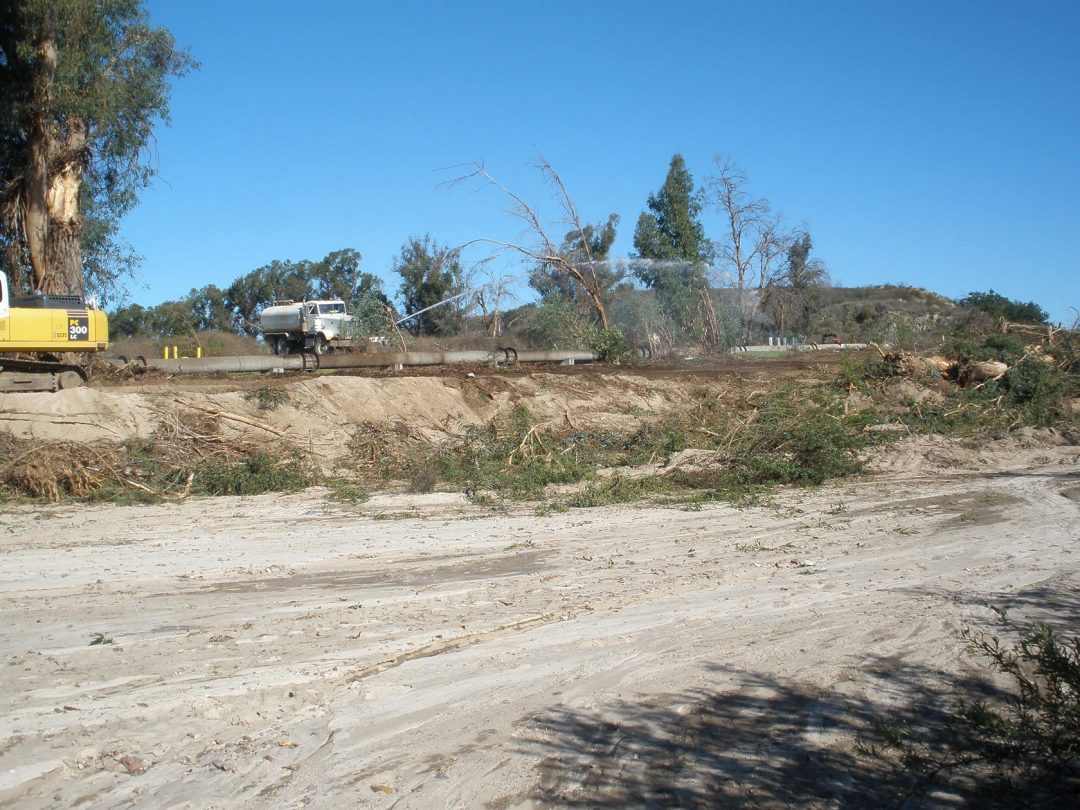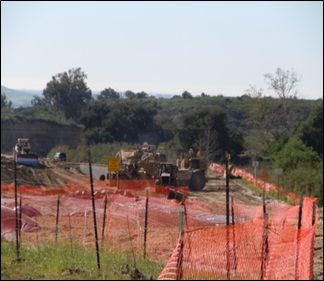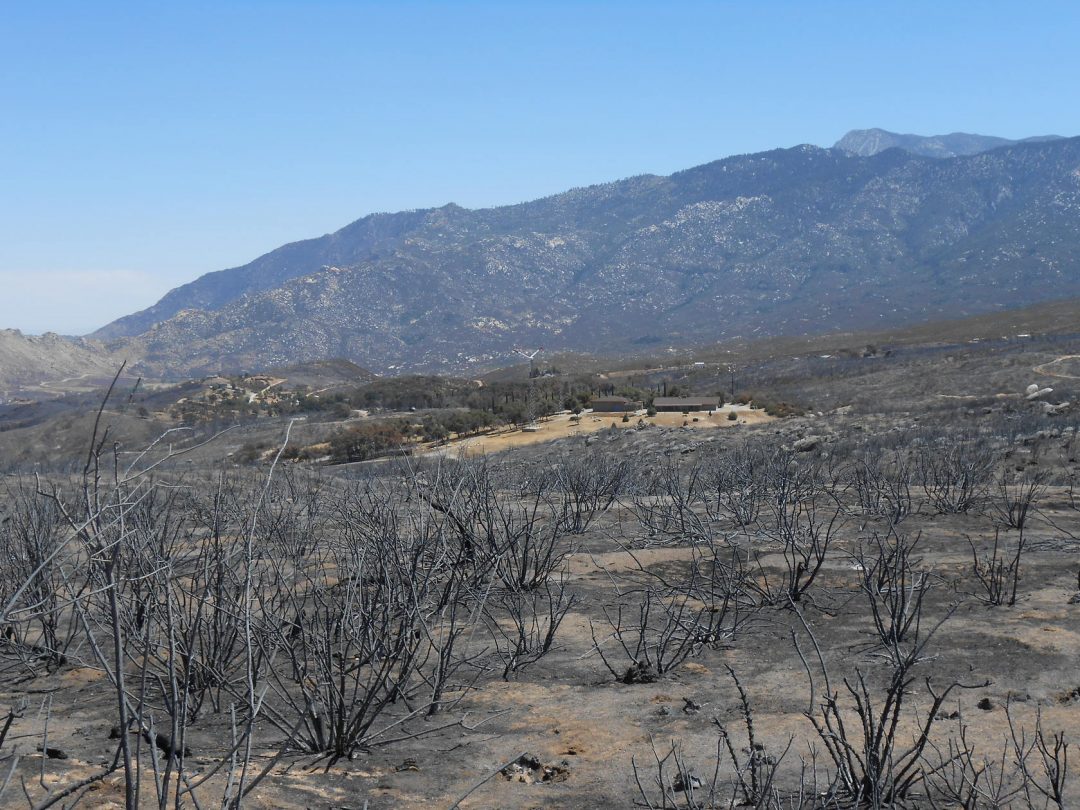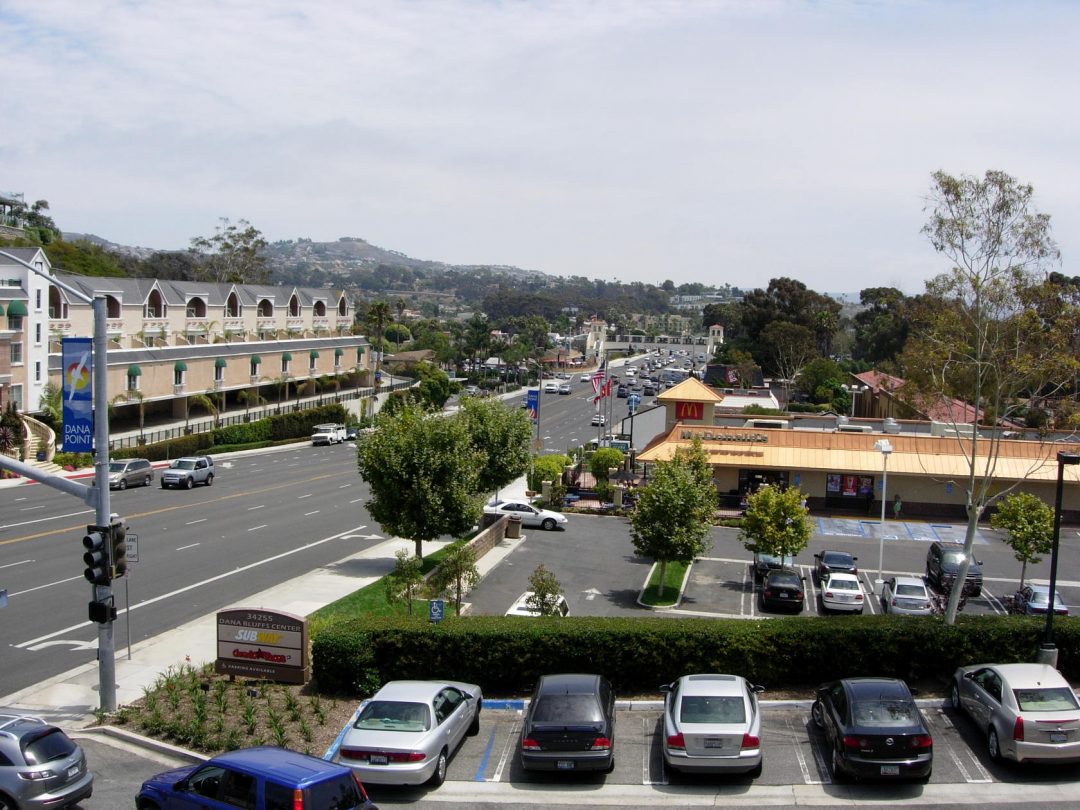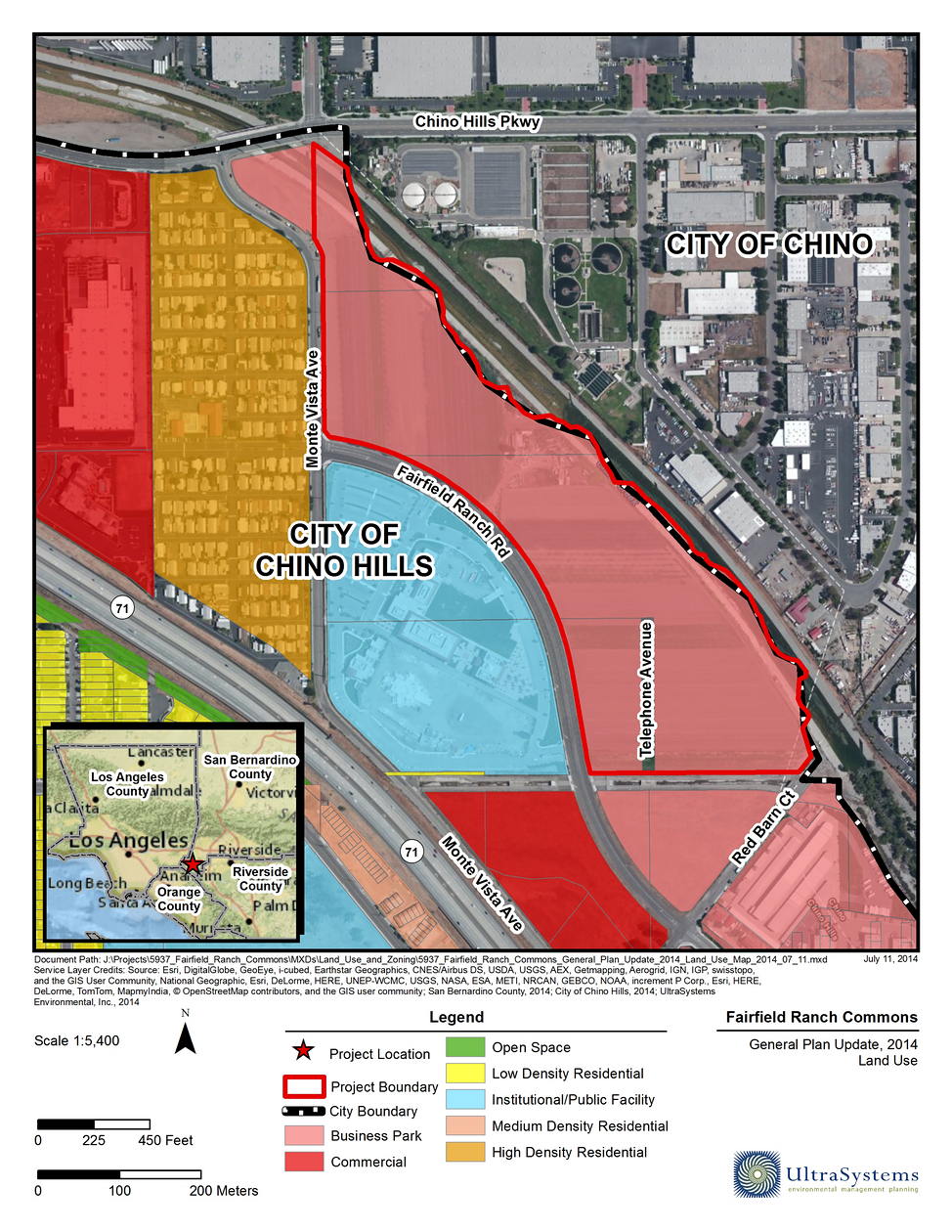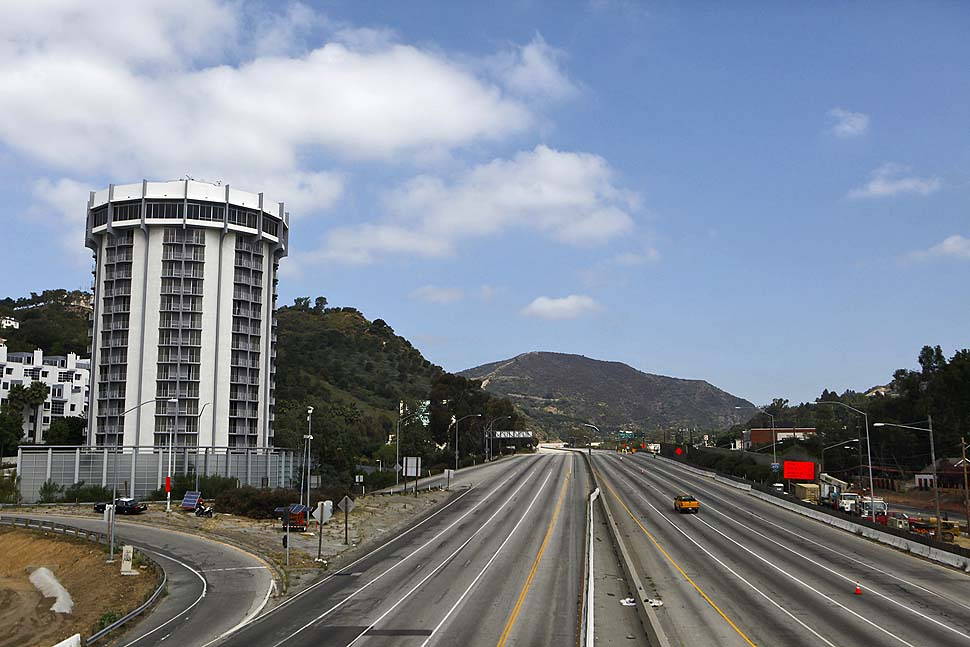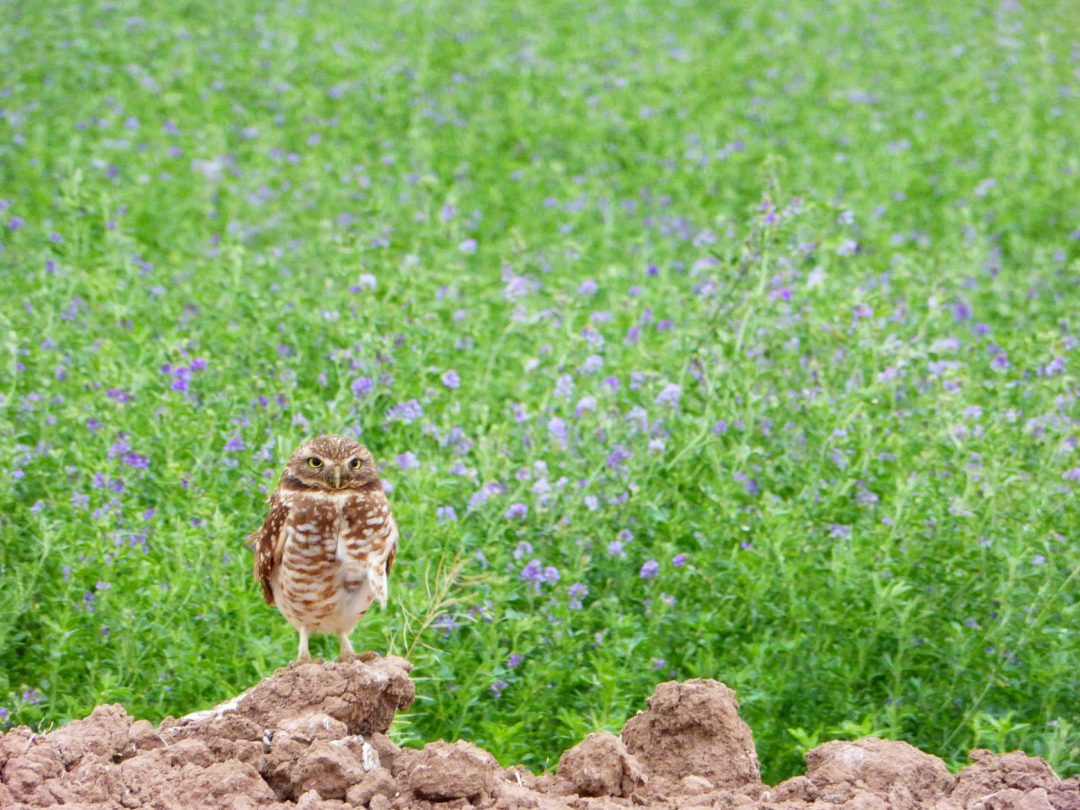Max Lenail Memorial Bridge over the San Diego River Crossing Trail
UltraSystems was hired by KPFF to prepare an Initial Study/Mitigated Negative Declaration (IS/MND) and associated studies for the Max Lenail Memorial Bridge project. The City of San Diego (City) is the Lead Agency under the California Environmental Quality Act (CEQA). It is our understanding that the Max Lenail Memorial Bridge Project (project) includes construction of a new pedestrian and bicycle bridge over San Diego River Crossing Trail in the City. The project site is located within the Mission Trails Regional Park (MTRP). The project is classified as “privately funded” through the MTRP Foundation. The Park is administered by a Joint Powers Authority, with the City of San Diego as key stakeholder. The City will grant the private sponsors a “right-of-entry” for construction of the proposed bridge.
It is anticipated that the proposed bridge would include a metal pedestrian truss bridge with stone-and-concrete abutments. The bridge would be at least 80 feet in length and at least 6 feet in width. The location of the new bridge structure would not interfere with the existing vehicular crossing (useable when the river is dry) or the ad-hoc crossing popular with hikers, runners, mountain-bikers, and photographers along the old “sewer pipe”, which is located about 50-60 feet downstream from the vehicular crossing. The proposed bridge may incorporate wood elements, including a wood deck and side panels and would be designed to withstand major storms and floods.
The project site is surrounded by natural parkland on all sides. MTRP Visitor Center is located in close proximity to the southeast of the project site. UltraSystems will prepare the appropriate environmental documentation (IS/MND) in accordance with CEQA and prepared the associated technical studies, including Biological Resources Evaluation and Wetland Delineation Studies. The portion of the San Diego River in proposed project area is a soft-bottomed river and has the potential to support sensitive or special-status plants and wildlife. The river is also a wildlife corridor which provides unrestricted movement for smaller wildlife species to freely travel between hunting and foraging locations.
Additionally, an Air Quality Technical Study, Greenhouse Gas Technical Study, Cultural Report, and Noise Study will also be prepared by UltraSystems staff.

